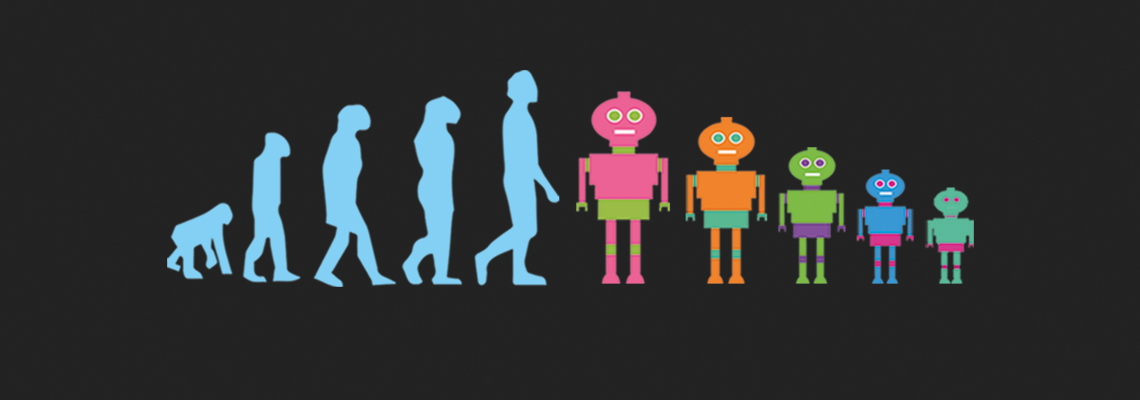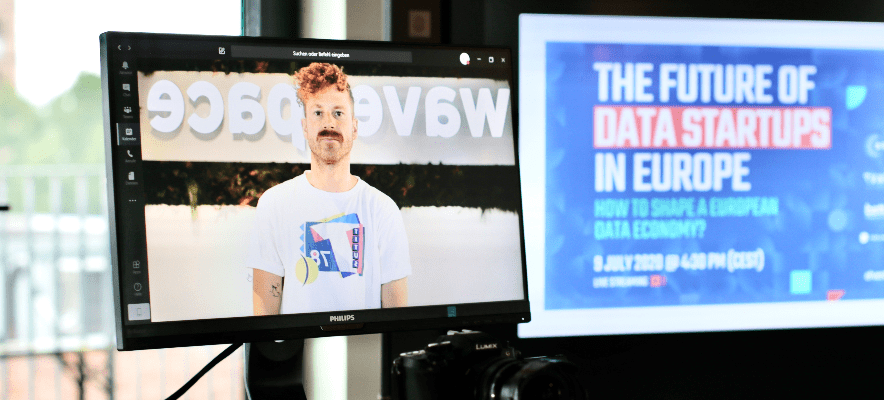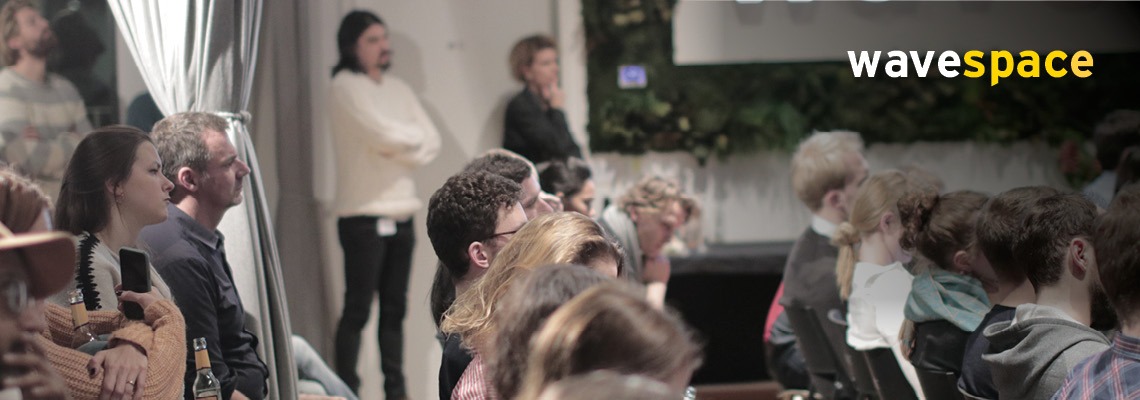Beautiful new data world
18. January 2018
With the series “Innovation – A Human Perspective” we want to take a look at what digital development actually means for people. In part 1 we experienced a brilliant fireworks display with huge technological leaps during the New Year’s Eve night, which catapulted us into our modern world at top speed. Hopefully the start into the new year was just as great! Now we want to take a look into the crystal ball: What does the digital future of humans look like?
The great leap into the modern world was achieved mainly by the triad of
- Capitalism: Investing as a profit model, i. e.”I believe in your idea and give you money if I get an attractive repayment in return.”
- Science: Acceptance of “I know I don’t know anything” and the resulting curiosity and research drive
- Humanism: At the centre of moral action is man, i. e. it is right and proper what does good to man and what leads to a better form of existence.
This homocentric triad continues to fuel our innovation machine and the start-up world today and drives the two fundamental areas of digital innovation:
Automation and the man-machine interface.
Let the robots do the work… and thinking
Automation focuses work without people. The aim is to improve robots and artificial intelligence in order to relieve people. This is driven above all by humanism and capitalism – work facilitation on the one hand and efficiency thinking on the other.
This area deals with robotics (mechanical work), e. g. robots in production and on the field, and artificial intelligence (cognitive work), e. g. trading programs on the stock exchange or chat bots in the service sector. The fact that automation only eliminates “blue collar” jobs has been a fallacy since the closure of an entire insurance department in Japan. If this development is thought through rigorously and consistently, this means that the advance of industrial robots is continuing and – in combination with better software (artificial intelligence) – specialized jobs in production are also being suppressed.
White collar jobs, i. e. jobs in the service sector, are already strongly supported by data processing software. In the near future, the technology will also be displacing jobs here. Whereas factory halls and fields used to be full of workers, today they are almost deserted – with a handful of workers monitoring a group of grab arms or cultivating fields with huge agricultural machinery. It could soon look similarly empty in open-plan offices.
Make me better, faster, stronger
The human-machine interface focuses on the optimization of the human being and is therefore primarily humanistically driven. The aim is to improve people by computers or by organically improved machines (e. g. biotechnology or genetics). The human potential without “expansion” seems to be exhausted and the connection with inorganic or organically improved machines is aimed at.
For example, the average intelligence ratio is around 100 points. In everyday life, however, we are usually much smarter thanks to our second, digital brain in our pocket. The only thing that currently restricts the speed of the external brain is this interface between man and machine, which has gained increasing attention in recent years. Computers are (still) operated with keyboard and mouse, smartphones are now of course equipped with a touch screen and while I am writing these lines, thousands of people are talking to Alexa, Google or Siri. Apple’s new iPhone X recognizes its owner by his face. Ultimately, it’s only a matter of time before a plug or chip like in the film “The Matrix”, which connects you directly to cyberspace and turns you into a cyborg at the latest, becomes reality.
This area not only includes machine brains and any software that helps people to work better, but also physical reinforcements that can be both organic and inorganic in nature. These include gene-optimized organs, the introduction of nanobots into the bloodstream to monitor vital signs or exoskeletons, with the help of which paraplegics can walk again.
The human being incapacitated and left behind?
If the development of these two areas – automation and man-machine interface – is consistently continued, the end result is a majority of people who can no longer keep up with robots physically and mentally with artificial intelligence. Studying will only be of limited help: Some scientists in the field of artificial intelligence believe that computers will be as smart as humans in 30 years’ time.
And even if it takes 50 years longer, the thrust remains unchanged. In circles of futurologists, the so-called technological singularity is therefore repeatedly discussed: This is a time when artificial intelligence can improve itself so quickly that people cannot look beyond this time horizon. Critics fear that this will lead to the extinction of humans.
But what is the consequence of all this? How should humans react? A pragmatic approach is to connect with artificial intelligence so that as a cyborg you can keep up with supercomputers – a way of thinking which recognises that development will not stop. If one refers this development to society as a whole, the question arises as to who will be able to afford these “optimization measures” in order to stay on the ball? As with all new technologies, this will probably only be reserved for the super-rich. Consistently thought through to the end, this would mean a split into poor useless and rich cyborgs.
In addition, the further integration between man and machine will lead to the fact that ever smarter computers will be able to analyze and evaluate more and more data about themselves, until not only the buying behaviour on Amazon can be predicted, but almost every one of our actions. Historian Yuval Noah Harari writes in his book Homo Deus that the freedom of the human individual,”will collapse on the day the system knows me better than I know myself”. According to Stanford University, with 300 Likes or more Facebook knows its users better than their spouse. The transition from the homocentric to the data-centric view of the world seems to be unobstructed.





* Required field